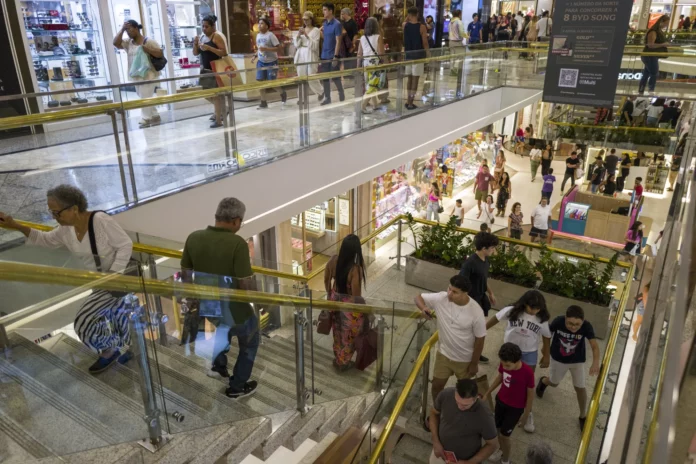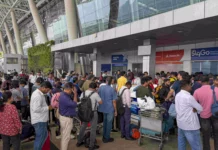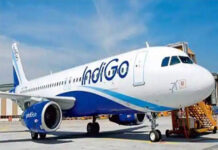BANGKOK: Experts warned the influx of cheap, low-quality Chinese products is negatively impacting local businesses of Southeast Asian nations due to which Thailand is seeking ways to combat these low-priced Chinese good’s growing presence in their markets, as reported by the Voice of America.
According to the Voice of America, trade between Thailand and China last year exceeded USD 126 billion, with Chinese investment playing a significant role in Thailand’s economy. However, manufacturing has been struggling, with 2,000 factories shutting down in 2023, causing the loss of thousands of jobs, according to the Department of Industrial Works. Business owners have long complained that cheap, low-quality Chinese products are hurting local Thai businesses.
Bobae Shopping Mall, a retail and wholesale market in Bangkok, is one of the places feeling the effects of this issue. Despite it being peak season in Thailand and Christmas just around the corner, many of the mall’s seven floors of shopping units have their shutters closed.
Banchob Pianphanitporn, the shop owner of Ben’s Socks, located on the fifth floor of Bobae Shopping Mall stated that his sales were hampered due to an increase in Chinese imports.
He further lamented,” I would say sales are 50 per cent down since 10 years ago. I sell socks for 150 baht ( USD 4.38) per dozen, but if this was a Chinese product, they would sell at 85 baht (USD 2.48). If customers have a low budget they will say my socks are expensive. They don’t consider the materials, my socks are much better material and more flexible.”
According to the VOA, another seller, Pam highlighted that the Chinese manufacturers and imports have affected their sales. He condemns,” Chinese products are selling a lot, but we don’t have that much stock. The government still allows the products from overseas. Our sales have dropped down a little bit.”
Thailand’s struggling manufacturing sector has led to a weak economic performance this year. Projections for 2024 suggest that Thailand’s economy will grow by only 2.3 per cent to 2.8 per cent, a rate lower than that of its regional neighbours. (ANI)
Also Read: Is Phuket’s tourism sandbox the solution to re-opening Thailand?







